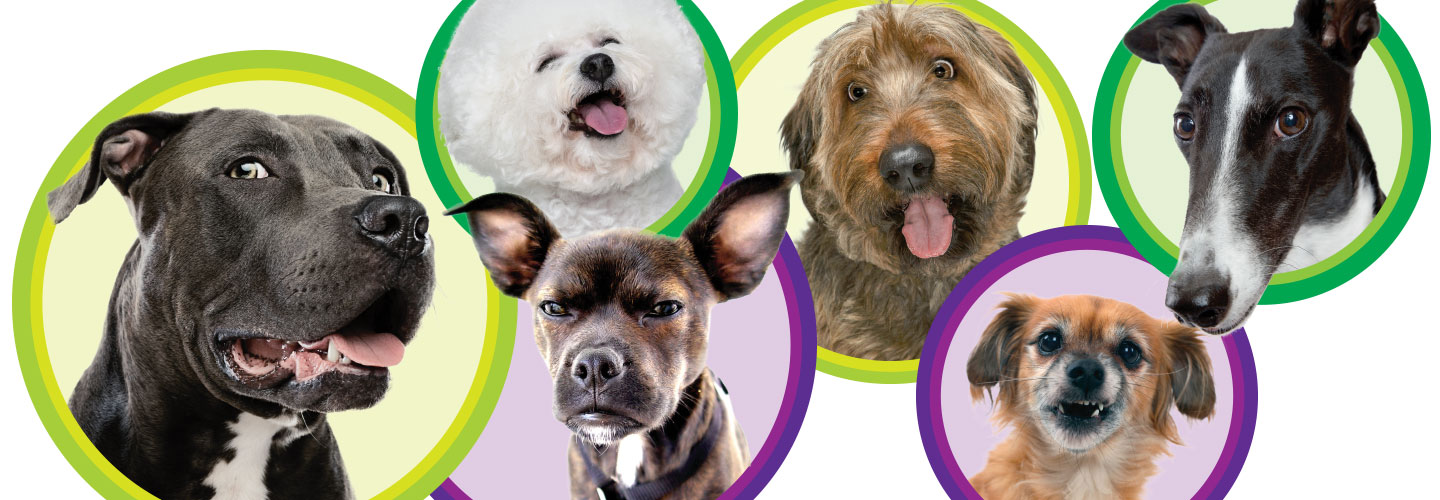You wave a treat in front of your pooch and ask: “Who’s a good boy?” Your dog wags his tail and opens his mouth in what looks like a smile. “I am a good boy,” he seems to reply. “Gimme that treat!”
Dogs pay close attention to people’s faces and tone of voice. So when they seem to grin or furrow their brows, it’s easy to think they’re trying to talk back, says Juliane Kaminski. She’s a psychologist at the University of Portsmouth in England who studies how animals think.
But do dogs really make faces to try to communicate with people? Kaminski and a team of scientists set out to investigate.
You wave a treat in front of your pooch. You ask, “Who’s a good boy?” Your dog wags his tail. It opens his mouth in what looks like a smile. “I am a good boy,” he seems to say. “Gimme that treat!”
Dogs pay close attention to people’s faces. They listen to our tone of voice. They sometimes seem to grin or furrow their brows in response. So it’s easy to think they’re trying to talk back, says Juliane Kaminski. She studies how animals think. She works at the University of Portsmouth in England.
But do dogs really make faces to try to communicate with people? Kaminski and a team of scientists set out to investigate.

